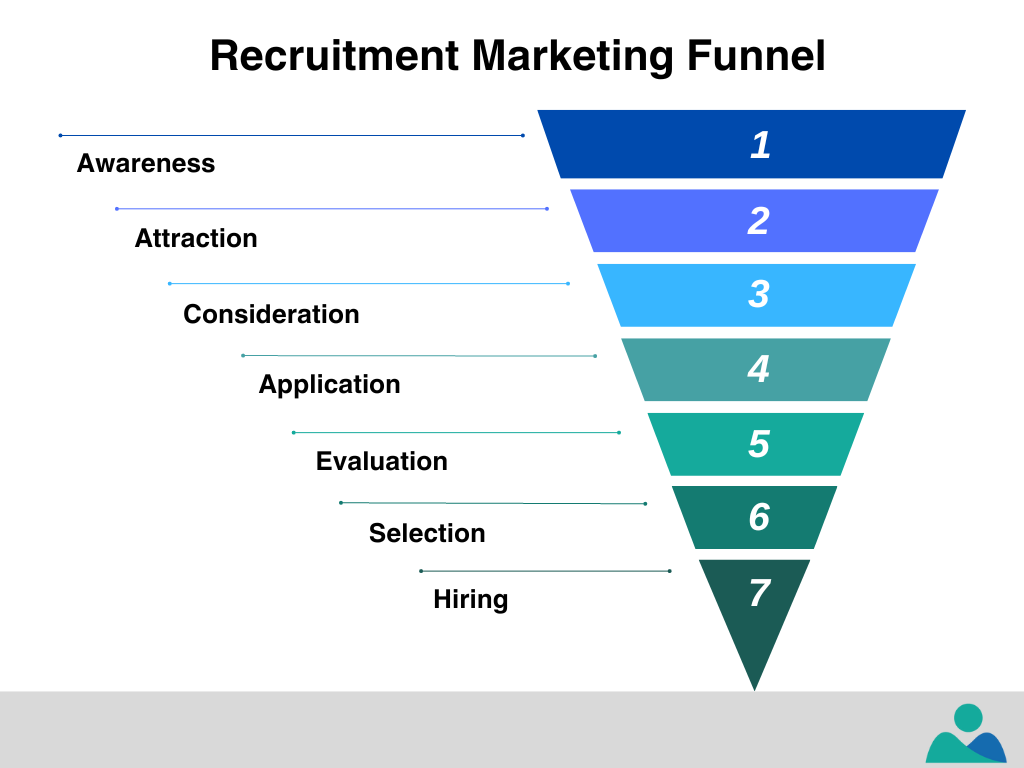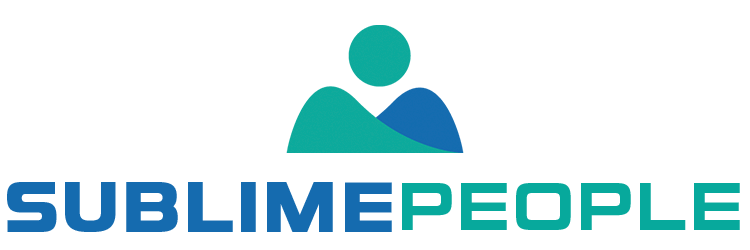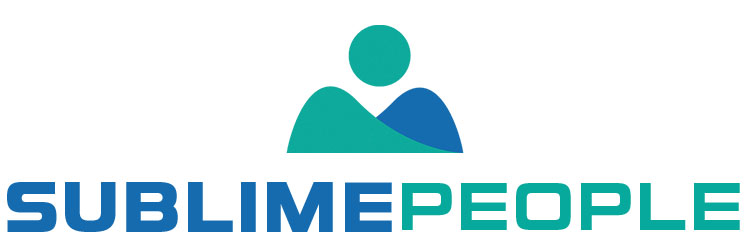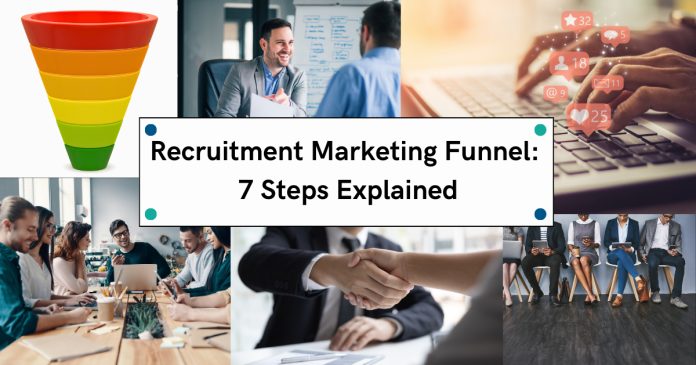Finding the right candidates for your open positions can be challenging. Reviewing numerous resumes and conducting interviews can be overwhelming and may lead to rushed decisions. However, creating a recruitment marketing funnel customized to your company’s needs can help you hire the best individuals.
Organizations can use this method to pinpoint their future employees’ desired skills, traits, and experience. A well-designed recruiting funnel allows you to attract more talent, optimize every stage in the hiring process for more efficient results, and ultimately build a better team.
Here, we’ll discuss each step for developing an effective recruitment marketing funnel strategy that will help strengthen your long-term hiring success.
In this Article:
What is the recruitment marketing funnel?
In sales and marketing, a “funnel” refers to a method of converting potential customers into paying customers by guiding them through a sequence of stages, such as awareness, interest, and decision-making. The recruitment funnel is essentially the same concept applied to employer branding and recruiting efforts. It’s a systematic process of screening job applicants to identify, engage with, and evaluate top-quality candidates who can help your business succeed.
What are the steps in the hiring funnel?
The recruitment marketing funnel provides you with an easy-to-follow guide to systematically analyze the effectiveness of your employer branding and recruiting efforts. It begins with creating a pool of potential candidates, then moves on to attract interested candidates, provide valuable insights through funnel analysis, and ultimately hire the best talent.

There are seven recruitment funnel stages: awareness, interest, application, evaluation, selection, and hiring.
Step 1: Awareness
This first stage of the funnel is where candidates first become aware of your employer brand. In today’s highly competitive job market, you need to articulate your company’s unique employee value proposition (EVP) to attract candidates. You also need a combination of active and passive sourcing strategies.
Employers utilize various strategies such as job advertisements, career fairs, social media campaigns, and employer branding initiatives to increase their visibility and capture the attention of job seekers.
Improving your brand recognition
To establish brand recognition, familiarise people with your organization’s name and logo. This helps job seekers notice your company in a sea of job ads, making them more likely to click on it.
When marketing for recruitment, emphasize your company’s positive work environment and avoid promoting specific job openings at this point. The goal is to create general awareness of your company as a desirable workplace.
Build your employer brand
Employer branding refers to promoting your company as an excellent workplace. These are some suggestions for creating a robust employer brand:
- Create job descriptions and postings that highlight the best of your company.
- Write compelling content that showcases the brand values, culture, mission, etc.
- Leverage social media to spread the word about your employer brand. Optimize your digital presence by creating engaging content and using trending hashtags.
- Promote employee stories and experiences to give potential candidates a better insight into life at your company.
Step 2: Attraction/ Interest
Once candidates become aware of an organization, the next step is to inspire the right people to apply. At this stage, recruiters must attract candidates with an engaging job ad and compelling content that engages and educates them. This can include informative blog posts, videos, employee testimonials, and case studies that highlight the company’s mission, values, and career development opportunities.
When advertising a job, it is important to include details about the role offered and what makes your company desirable. This is crucial as it affects the quality of candidates you attract. The way you write the job description and where you advertise it can impact the level of expertise you receive from potential candidates.
To make your advertisement more effective, try these tips:
- Avoid using old ads as a template. Instead, take the time to create a new, concise job ad focused specifically on the open position.
- Highlight the job perks prominently at the beginning of the ad. Don’t start with information about your company; candidates want to know what they’ll gain from the position, such as compensation, flexible working arrangements, company culture and values, and benefits like dental coverage or parking.
- Use clear language instead of jargon and technical terms to be more approachable to candidates. Also, don’t hide your salary range, as it is crucial for potential hires. Make the recruitment process easier by being transparent about compensation.
After creating your job advertisement, share it online by using social media, LinkedIn, your website, and other online job boards. Posting it in multiple locations will increase the likelihood of attracting highly qualified candidates.
Step 3: Consideration/ Interest
In this stage of the recruitment marketing funnel, candidates actively evaluate the organization as a potential employer. This is where they assess the company culture, job requirements and growth opportunities. The candidates start taking action and will research your company. As a potential employer, you might receive questions about the role. Therefore, you should be as responsive as possible and address their concerns.
Strengthen your reputation as an employer
Consider what a job applicant will find when they research your company. Do a Google search and review the results. Are you satisfied with what they will see on your social media profiles like LinkedIn, Twitter, and Instagram? Have you optimized your careers page and website to make a good impression?
If there is room for improvement, take the time to have a more positive online presence. This will help to boost your reputation as an employer of choice and attract the best candidates.
Engage with potential candidates
At this stage, it is important to actively engage with potential candidates. Start conversations on social media platforms like LinkedIn and Twitter. Try to understand their career goals and how they might be a good fit for your open positions. Whenever possible, build relationships with job seekers by providing useful information about the industry and giving them advice or feedback on their job search.
By showcasing the organization’s strengths and offering valuable insights, recruiters can cultivate candidates’ interest and encourage them to explore further.
Create a FAQ fact sheet
You can also create a FAQ fact sheet or invest in a chatbot, so applicants can easily locate the answers to basic questions. You might see candidates leave your recruitment funnel if they can’t get hold of you or are unable to find the answer to a question, so make sure to keep their interest alive.
Provide job descriptions
Job postings should be accurate and concise, clearly outlining the role’s requirements and expectations. This stage is also where a company can highlight its benefits packages to stand out from competing employers.
Create an outstanding candidate experience
Recruitment funnels aim to attract, engage and retain top talent. To do this, companies need to create an outstanding candidate experience from start to finish. This includes providing feedback and promptly responding to job applicants throughout the recruiting process.
Step 4: Application
If job seekers have reached this stage of the funnel come, congratulations – your recruitment funnel is working! The application process is a crucial stage in determining the success or failure of your funnel. You can expect a high application dropout rate if the process is too long and complex.
Minimize application requirements
Provide a simple online form or link directly to applicant tracking systems such as ATS or HRIS. Keep application requirements to a minimum and make sure that the form is mobile-friendly. According to research, 92 percent of job applicants don’t finish online job applications. Therefore make your process as seamless as possible.
The application process should be;
- Streamlined
- User-friendly, and accessible across multiple devices.
- Should have an easy-to-navigate career portal, personalized application forms, and the option to upload resumes and cover letters are essential.
To reduce candidate drop-off rates, it is essential to minimize any unnecessary barriers and ensure that the application process is efficient, responsive, and aligned with candidates’ expectations.
Step 5: Evaluation
In stage five of the candidate recruitment funnel, you will select a smaller group of candidates with the right skills. You can use technology to help identify these skills and recognize talented individuals.
Screen candidates efficiently
To improve the experience for candidates waiting for a response, recruiters can use automation software to provide frequent and clear updates on their application status, giving them a more positive and engaged impression. This can also save recruiters time when hiring talent. Using applicant tracking systems (ATS) can help quickly and easily screen large applications, saving time on manual work.
These tools enable recruiters and hiring managers to streamline recruitment processes and track applicants throughout selection. Additionally, they can also help identify key skills and qualifications quickly.
Use benchmarking tools to measure potential
Using automated and manual methods can be useful to measure and differentiate potential candidates. For example, recruiters can use benchmarking tools such as psychometric tests or background checks to assess candidates’ skills, qualifications, and competencies.
Step 6: Selection
At this stage, you should have a narrowed-down list of qualified candidates. It’s now time to select the top candidates and move forward with the recruitment process.
Interview candidates
By this point in the funnel, you should have already established a list of criteria for filling the job role and conducted research into what qualities are necessary for success. You can use this information to build an interview team that can assess applicants further.
Recruiters should also ensure that the interview process is fair and unbiased. To do this, they can use a structured interviewing template to assess candidates objectively.
Provide feedback
Finally, provide constructive feedback on the recruitment phase to help improve the candidate experience in future hires. Additionally, recruiters should ensure that all applicants are given a response on the outcome of their application.
This helps to maintain an employer’s reputation and ensure that future applicants have a positive opinion about the recruitment process. It is also beneficial to seek feedback from potential candidates to gain valuable insights into how employers can refine their recruitment strategies in the future.
Step 7: Hiring
This final stage is the culmination of the recruitment marketing funnel. Once the ideal candidate is selected, the organization extends an offer and negotiates terms such as salary, benefits, and start date. Effective onboarding processes play a crucial role in ensuring a smooth transition for the new hire and helping them integrate into the organization.
Effective onboarding processes should include tasks such as providing orientation materials, setting up systems access, and introducing them to their team members. This helps to create a strong sense of belonging and commitment from the new hire.
Key recruitment funnel metrics
There are recruiting funnel metrics that employers can use to measure the success of their recruitment efforts. These metrics can provide valuable insights into how effective the recruitment process is and allow for informed decisions on which strategies are working well.

Some key metrics include:
Time to hire
Monitoring the time it takes to fill a vacancy is an essential metric for evaluating the efficiency of the recruitment funnel. The average duration it takes to hire someone is 43 days, which varies depending on the industry, job role, and job market. For example, filling a sales position typically takes about 38 days on average, while filling an engineering position can take around 49 days. Recruiters should strive to keep this time as short as possible, as a longer recruitment process could lead to potential candidates losing interest or being poached by other companies.
Applicant volume
This metric indicates the number of applications that a company receives for each job posting. A higher applicant volume is usually indicative of a successful recruitment funnel, as it shows that employers are successfully attracting quality candidates to their job postings. Employers should analyze this metric in conjunction with other key metrics such as acceptance rate and time to hire to gain a better understanding of the effectiveness of their recruitment strategies.
Offer acceptance rate
You can use the Offer Acceptance Rate (OAR) as a metric to determine how well your recruitment process is working. To calculate the OAR, divide the number of accepted job offers by the number of candidates who were given an offer. This metric helps to measure the effectiveness of the recruitment process in attracting and hiring top-quality candidates.
The OAR also provides valuable insights into the efficiency of a recruitment funnel, which in turn can help recruiters determine where improvements should be made and how to best allocate resources.
Cost per hire
Finally, recruiters should track the cost associated with filling a vacancy. This metric takes into account all of the associated costs such as advertising, recruitment fees, and onboarding expenses. Tracking this metric can help to identify inefficiencies in the recruitment process and will provide valuable insights into how to optimize the recruitment funnel for future hires.
A word from SublimePeople
Taking the time to understand the recruitment marketing funnel is paramount. If recruiters don’t position themselves and their company before potential candidates, there will be a significant impact on varied areas. Growth would be impacted, the efficiency of processes, and the return on investment.
For an efficient recruitment funnel, employers must attract the right candidates and keep them informed throughout the process. The hiring team should use technologies like video interviewing platforms and social media to create awareness about job openings and opportunities. Furthermore, tracking key metrics such as offer acceptance rate and cost per hire can help employers make informed decisions and create their own recruitment strategies.
Need help hiring new talents? SublimePeople is a full-service employment agency with over 10 years of in-house experience. Our team has worked on a wide range of services such as recruitment campaigns, labor need analysis, headhunting and more. We are committed to finding the best solutions for our clients and connecting them with qualified candidates. Contact us to receive further information!




